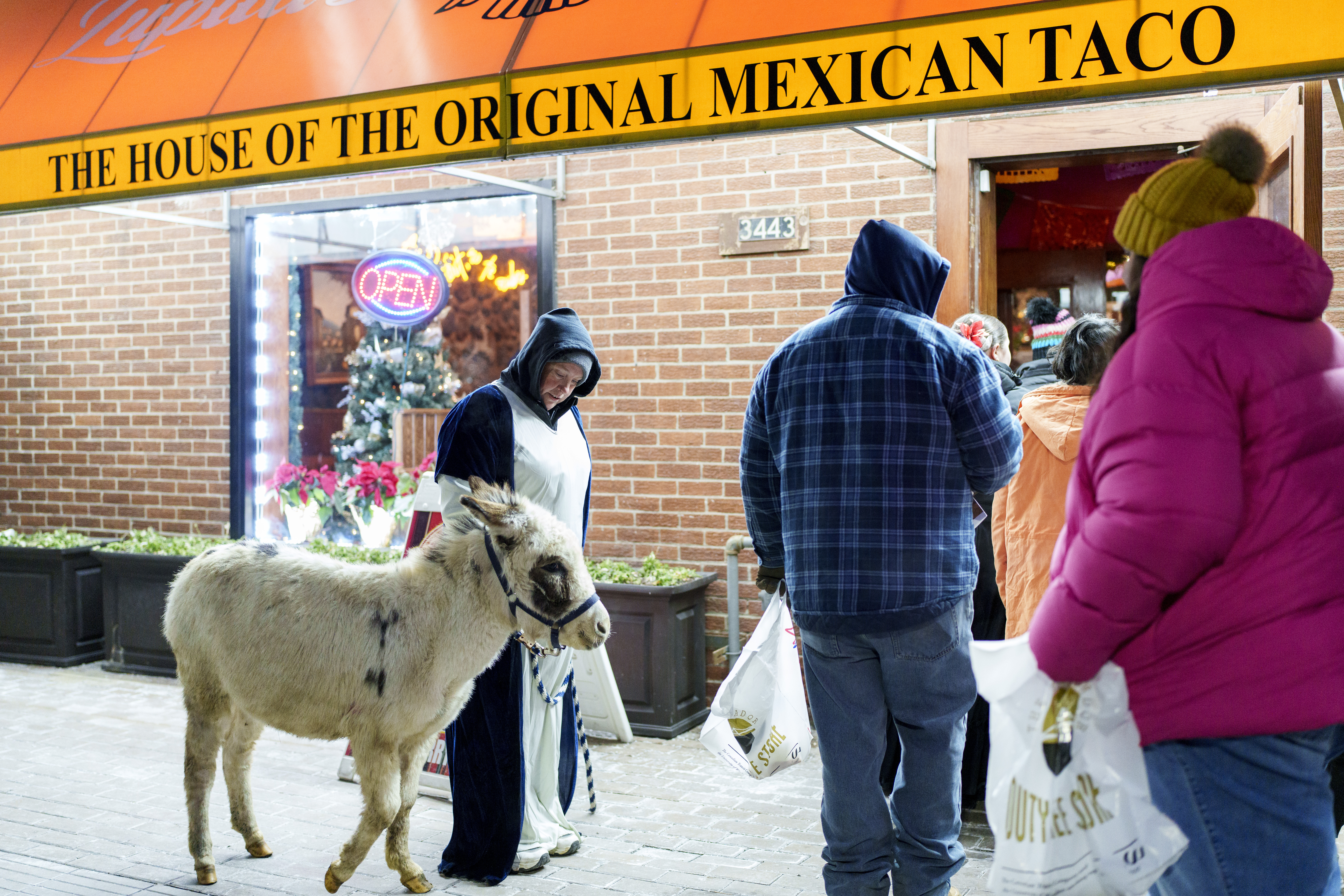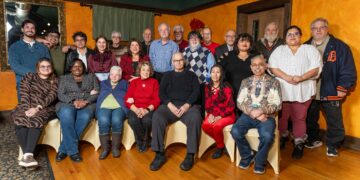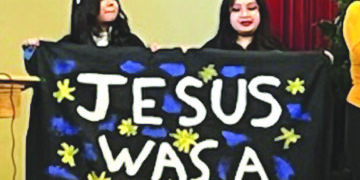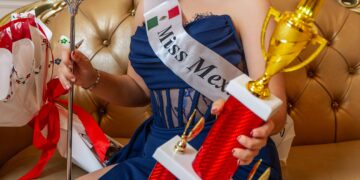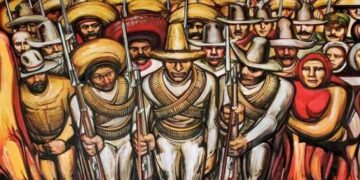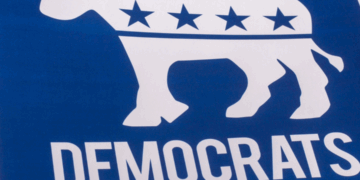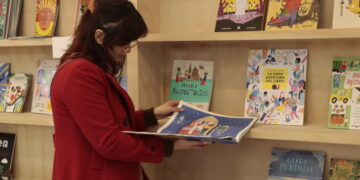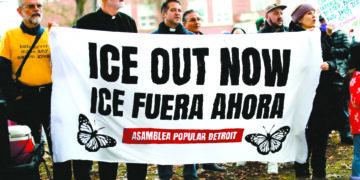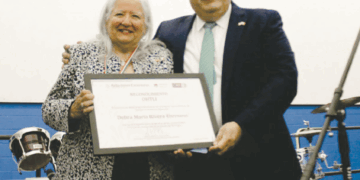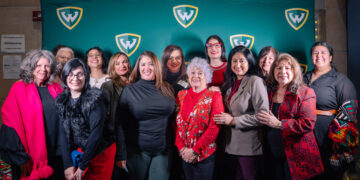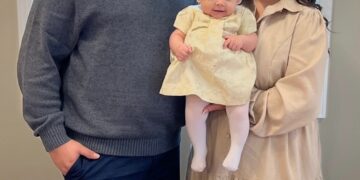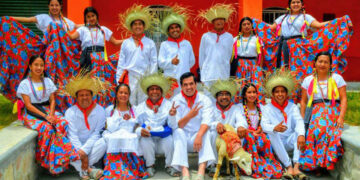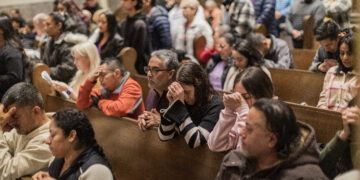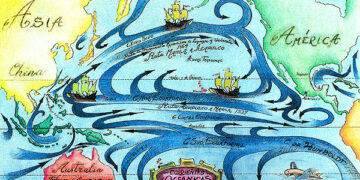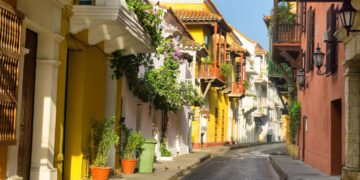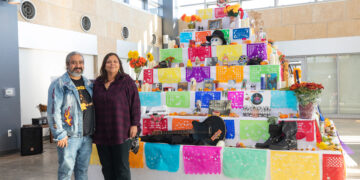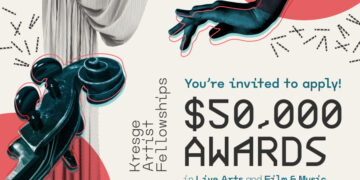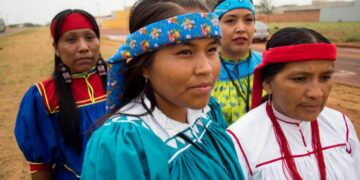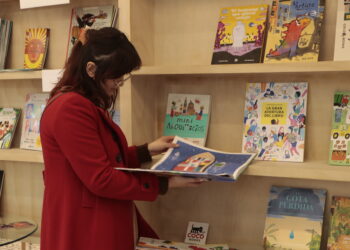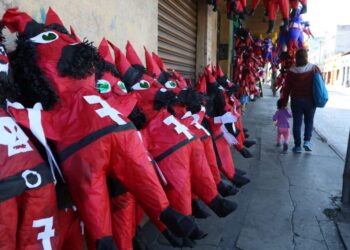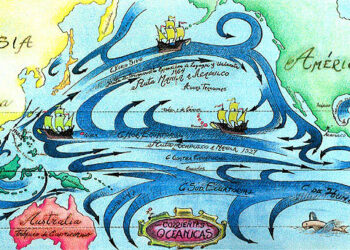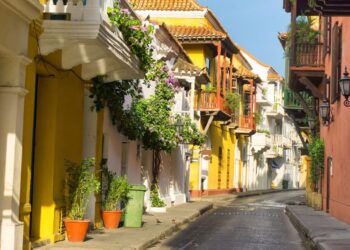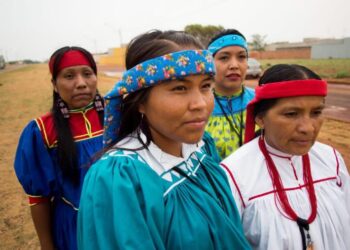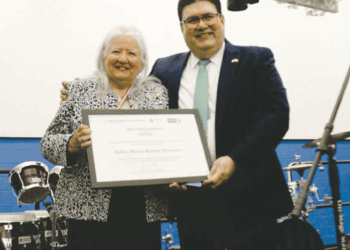Este mes de enero Perú es el lugar indicado para disfrutar de eventos festivos, tomando en cuenta que durante estos meses América del Sur vive el verano del 21 de diciembre al 20 de marzo.
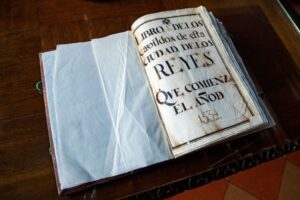
El 18 de enero con la fundación de la Ciudad de los Reyes, actualmente Ciudad de Lima, por los españoles: Francisco Pizarro, Alonso Riquelme, Garcia de Salcedo, Rodrigo de Mazuelas. La ciudad fue fundada en las inmediaciones del Rímac. Durante el paso de los años se han llevado a cabo discusiones con respecto a la elección del nombre Ciudad de los Reyes, en las cuales se afirma que fue en honor a los Reyes Católicos, sin embargo, otros mencionan que fue en honor a los Reyes Magos debido a ser fundada en el mismo mes de enero. Cabe mencionar, con la fundación de la Ciudad de los Reyes, en 1542 se fundó el Virreinato del Perú, y en 1544 llegó el primer virrey: Blasco Núñez Vela.
El 20 de enero en la Provincia de Jauja se celebra la Tunantada, una festividad que conmemora la llegada de los europeos a través de una de las danzas andinas donde los danzantes van disfrazados de españoles. La Tunantada deriva del español Tunante: bribón, pícaro, granuja, taimado. Esta danza muestra de una manera burlesca cómo fueron vistos los españoles a su llegada. Podemos ver en la Tunantada una expresión histórico-teatral de la sociedad andina a través de los personajes que evidencian las formas en que han sido percibidos los miembros de la comunidad a través de los siglos, como son los personajes de: El español, La mestiza, El indio, El argentino y el doctor, principalmente.

Del 27 de enero al 2 de febrero se celebra el Festival de la Danza Marinera la cual expresa un juego de seducción donde el hombre imita movimientos del caballo de paso peruano, mientras coquetea con una mujer que se caracteriza por ser coqueta pero también arrogante. El hombre se viste con un sombrero de paja y un poncho mientras que la mujer lleva una blusa de seda y una falda larga y completa que usa con gran efecto. Ambos revolotean pañuelos blancos mientras se mueven a la música de las guitarras y un instrumento de percusión local llamado el Cajón peruano.
El último domingo del mes de enero se celebra la Fiesta de la Capilla del Copón, una de las primeras del continente fue construida en 1550 por los frailes dominicos e Inés Muñoz de Alcántara, quien fue la prima del Francisco Pizarro. Ubicada al pie del cerro San Cristóbal en el distrito de Chongos bajo, provincia de Chupaca. La fiesta religiosa se inicia con la llegada del alcalde vara o “indio alcalde”, vestido de terno y con una vara en la mano derecha adornada con cintas acompañado por una banda de músicos, así como toda la población y llevando en alto una cruz que representa al “Tayta Copón” o Señor del Copón, donde los feligreses renuevan su fe a este santo. Se dice que todo aquel que busca justicia por diferentes motivos en esta vida solo debe realizar visitas a esta capilla y prender sus velas para que reciba justicia divina.
January in Perú
This January, Peru is the right place to enjoy festive events, taking into account that during these months South America lives the summer from December 21 to March 20.

On January 18, with the founding of the City of Kings, currently the City of Lima, by the Spanish: Francisco Pizarro, Alonso Riquelme, Garcia de Salcedo, Rodrigo de Mazuelas. The city was founded in the vicinity of the Rímac. Over the years, discussions have been held regarding the choice of the name City of Kings, in which it is stated that it was in honor of the Catholic Kings, however, others mention that it was in honor of the Three Wise Men because it was founded in the same month of January. It is worth mentioning that with the founding of the City of Kings, in 1542 the Viceroyalty of Peru was founded, and in 1544 the first viceroy arrived: Blasco Núñez Vela. On January 20th in the Province of Jauja the Tunantada is celebrated, a festival that commemorates the arrival of the Europeans through one of the Andean dances where the dancers are dressed as Spaniards. The Tunantada comes from the Spanish Tunante: scoundrel, rogue, rascal, sly. This dance shows in a burlesque way how the Spaniards were seen upon their arrival. We can see in the Tunantada a historical-theatrical expression of the Andean society through the characters that show the ways in which the members of the community have been perceived through the centuries, such as the characters of: The Spaniard, The Mestiza, The Indian, The Argentine and the Doctor, mainly.

From January 27th to February 2nd the Festival of the Marinera Dance is celebrated, which expresses a game of seduction where the man imitates movements of the Peruvian Paso horse, while flirting with a woman who is characterized by being flirtatious but also arrogant. The man dresses in a straw hat and poncho while the woman wears a silk blouse and a long, full skirt which she wears to great effect. Both wave white handkerchiefs as they move to the music of guitars and a local percussion instrument called the Peruvian Cajón.
On the last Sunday of January, the Fiesta de la Capilla del Copón is celebrated, one of the first on the continent, built in 1550 by Dominican friars and Inés Muñoz de Alcántara, who was Francisco Pizarro’s cousin. Located at the foot of San Cristóbal Hill in the district of Chongos Bajo, province of Chupaca. The religious festival begins with the arrival of the mayor vara or “Indian mayor”, dressed in a suit and with a staff in his right hand adorned with ribbons, accompanied by a band of musicians, as well as the entire population and carrying aloft a cross representing the “Tayta Copón” or Lord of the Copón, where the parishioners renew their faith in this saint. It is said that anyone seeking justice for different reasons in this life should only visit this chapel and light their candles to receive divine justice.

